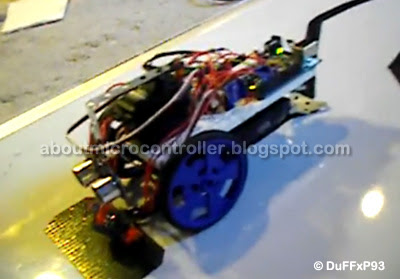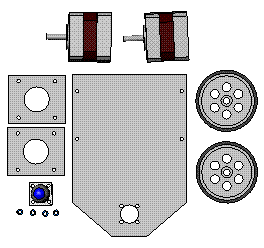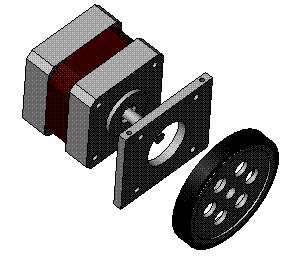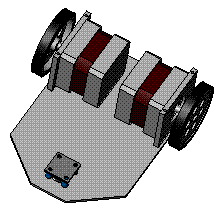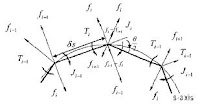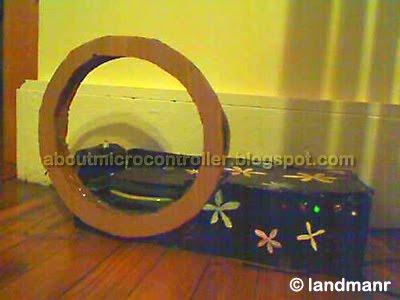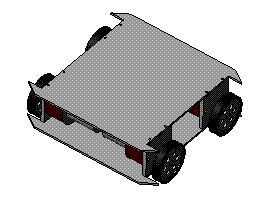Extension modulesPLC I/O number can be increased through certain additional modules by system extension through extension lines. Each module can contain extension both of input and output lines.
Extension modules can have inputs and outputs of a different nature from those on the PLC controller. When there are many I/O located considerable distances away from the PLC an economic solution is to use I/O modules and use cables to connect these, over the long distances, to the PLC.
Remote I/O connectionsWhen there are many I/O located considerable distances away fromthe PLC an economic solution is to use I/O modules and use cables toconnect these, over the long distances, to the PLC.
Remote PLCsIn some situations a number of PLCs may be linked together with a master PLC unit sending and receiving I/O data from the other units.
CablesTwisted-pair cabling, often routed through steel conduit. Coaxial cable enables higher data rates to be transmitted and does not require the shielding of steel conduit.Fiber-optic cabling has the advantage of resistance to noise, small size and flexibility.
Parallel communicationParallel communication is when all the constituent bits of a word aresimultaneously transmitted along parallel cables. This allows data to be transmitted over short distances at high speeds. Might be used when connecting laboratory instruments to the system.
Parallel standardsThe standard interface most commonly used for parallel communication is IEEE-488, and now termed as General Purpose Instrument Bus (GPIB).Parallel data communications can take place between listeners , talkers , and controllers.
There are 24 lines: 8 data (bidirectional), 5status & control, 3 handshaking, and 8 ground lines.
Serial communicationSerial communication is when data is transmitted one bit at a time. A data word has to be separated into its constituent bits for transmission and then reassembled into the word when received. Serial communication is used for transmitting data over long distances. Might be used for the connection between a computer and a PLC.
Serial standardsRS-232 communications is the most popular method of plc to external device communications. RS 232 is a communication interface includedunder SCADA applications. Other standards such as RS422 and RS423are similar to RS232 although they permit higher transmission rates and longer cable distances.
There are 2 types of RS-232 devices:DTE - Data Terminal Equipment and a common example is a computer.
DCE - Data Communications Equipment and a common example is a modem.
PLC may be either a DTE or DCE device.
ASCIIASCII is a human-readable to computer-readable translation code(each letter/number is translated to 1’s and 0’s). It’s a 7-bit code, so we can translate 128 characters (2^7 is 128).
ProtocolsIt is necessary to exercise control of the flow of data between two devices so what constitutes the message, and how the communication is to be initiated and terminated, is defined.
This is termed the protocol.One device needs to indicate to the other to start or stop sending data.Interconnecting several devices can present problems because of compatibility problems.
In order to facilitate communications between different devices the International Standard Organization (ISO) in 1979 devised a model to be used for standardization for Open System Interconnection (OSI).
